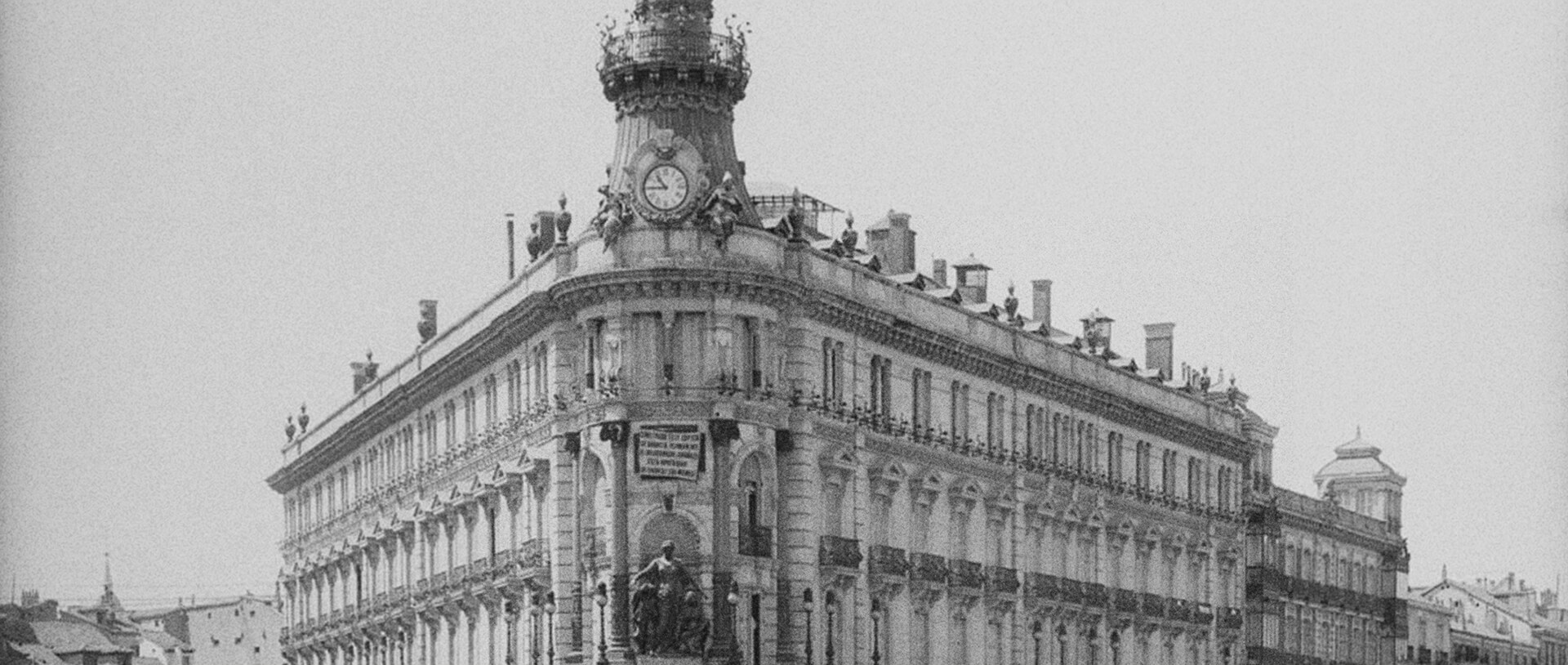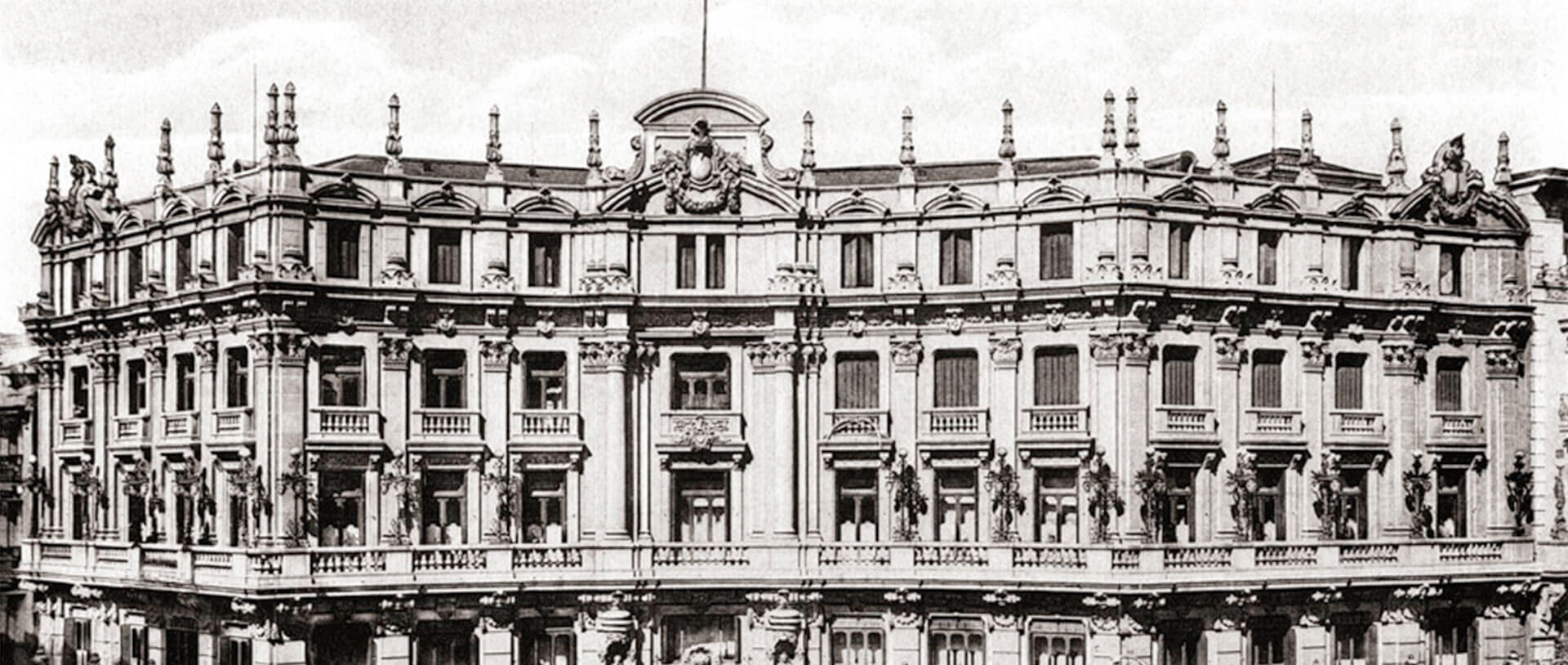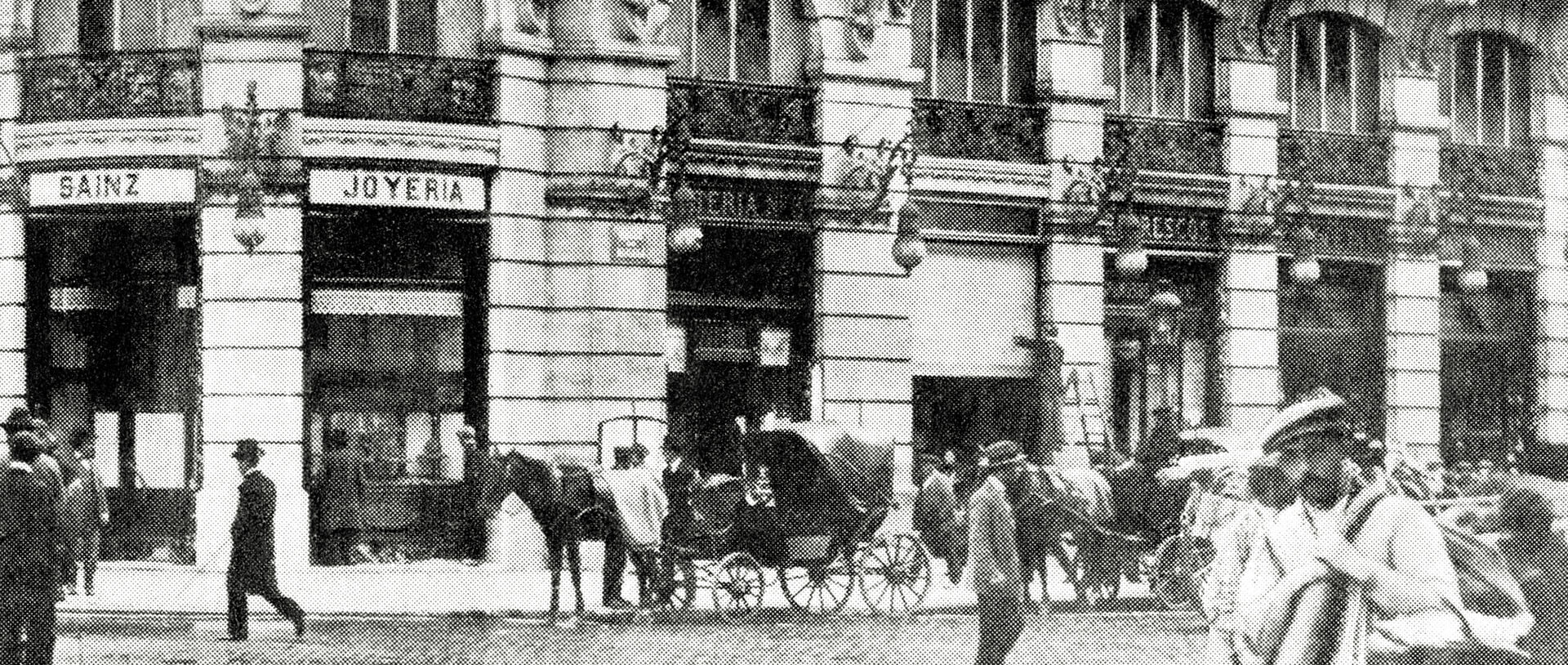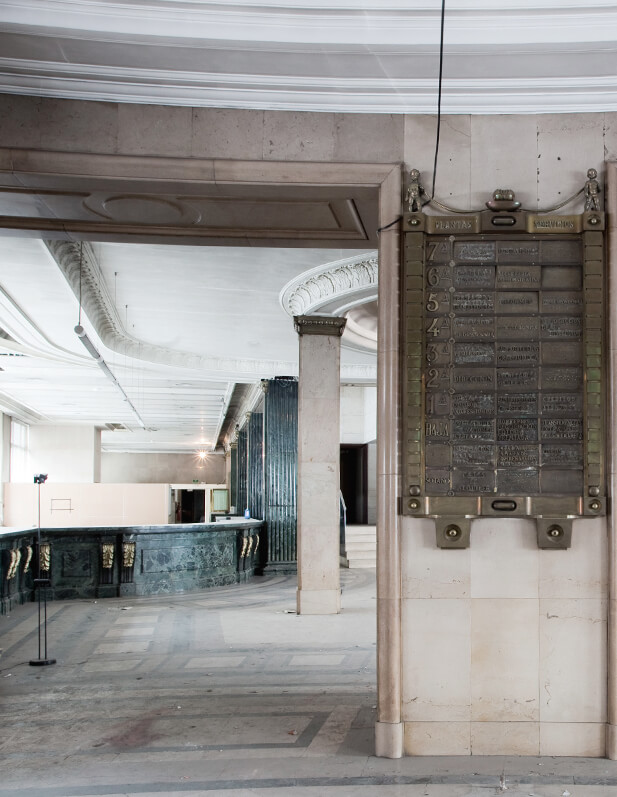REMEMBERING THE PAST
TO LOOK TOWARDS THE FUTURE
The city block defined by Alcalá and Sevilla streets and the Carrera de San Jerónimo have always been sociable,
dynamic and bustling spaces in Madrid. A privileged zone of the city whose chronicle narrates one of the most
memorable pages of the construction of Madrid. Therefore, knowing the evolution of this urban space means knowing
the story of the city and its inhabitants.




























